
Wondering how much gutter installation costs? We’ll break down prices by material, gutter type, and other factors impacting overall gutter costs.
This gutter material won’t drain your wallet


More affordable than other gutter materials.
Less durable than other gutter materials.
Rust- and corrosion-resistant.
Vulnerable to damage from heavy snowfall and ice.
Vinyl gutters are a popular choice for rainwater drainage systems thanks to their relative affordability and light weight. However, they’re not as long-lasting or durable as many of their counterparts, so they’re not the best fit for homes in extreme climates. Use this guide to learn about the pros and cons of vinyl gutters so you can make the right choice for your home.
Vinyl gutters are made from polyvinyl chloride (PVC), which is a type of plastic. They’re designed to collect and redirect rainwater away from a home’s foundation, which can prevent water damage and flooding. They’re lightweight and come in a wide range of colors. They’re also resistant to rust and corrosion, but they’re not as durable as their metal counterparts.
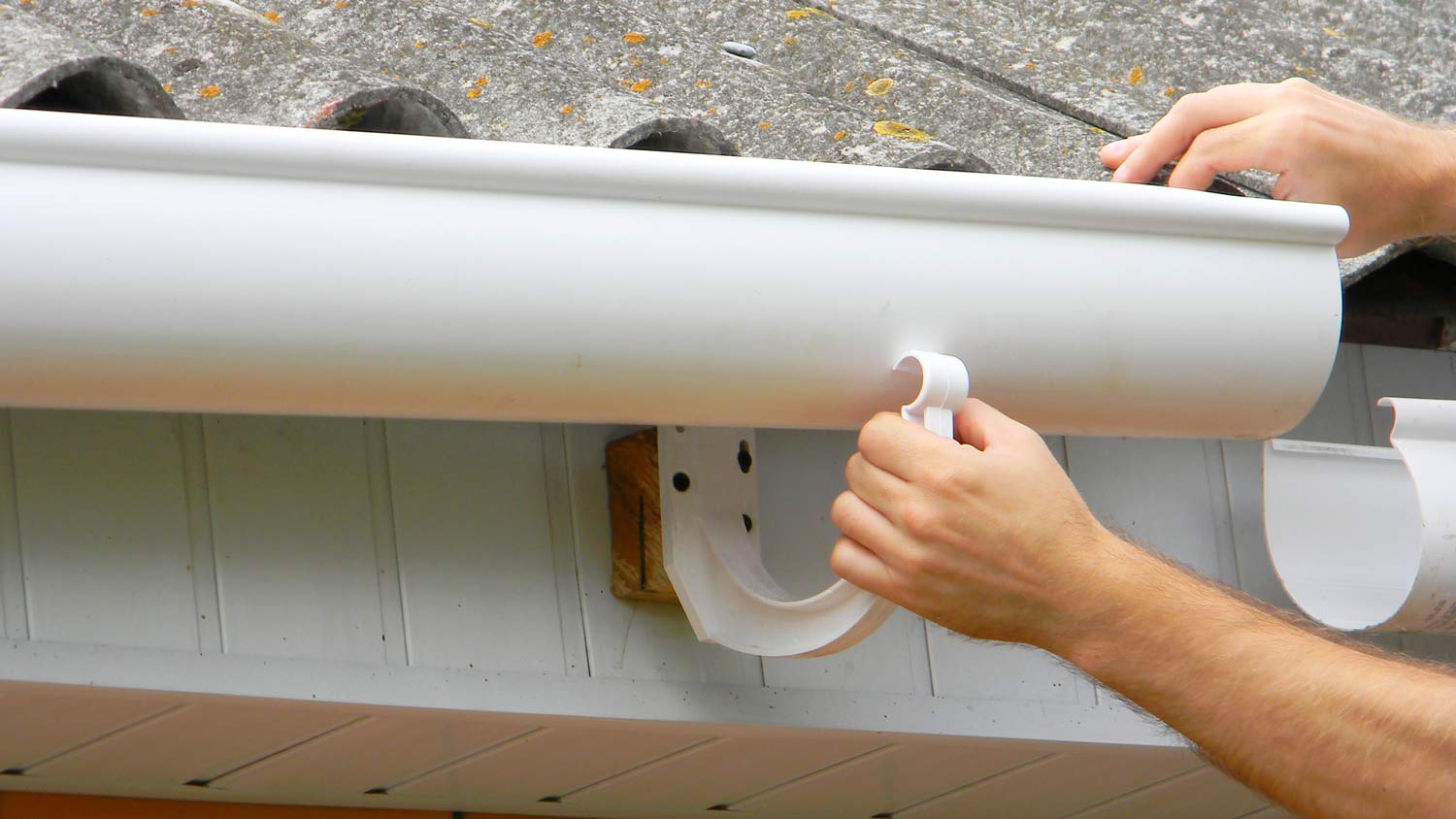
One of the biggest advantages of vinyl gutters is their affordability relative to other options. Vinyl gutters cost between $3 and $6 per linear foot, which is considerably less than alternatives. For instance, aluminum gutters cost between $4 and $14 per linear foot, stainless steel gutters cost between $9 and $20 per linear foot, and copper gutters cost between $20 and $40 per linear foot.
Vinyl is the lightest-weight gutter material you can find, which makes the installation process easier than heavier gutter materials. In fact, many homeowners can install vinyl gutters themselves as they often have snap-together pieces that don’t require specialized tools.
Metal gutters, like copper and stainless steel, make pinging noises when the rain hits them. The softer material of vinyl doesn’t make much noise during precipitation, which is a benefit for anyone who’s noise-sensitive.
Vinyl gutters are made of PVC, which is resistant to rust and corrosion. They also don’t need to be painted, as they come in many different colors. Plus, they’re relatively scratch-resistant, and when they do scratch, the fix is pretty straightforward. All of these factors make vinyl gutters a relatively low-maintenance gutter option.
Vinyl gutters typically comprise a series of pieces snapped together. So when one part of the gutter incurs damage, you can relatively easily replace that component without needing to make repairs to your entire gutter system.
Vinyl gutters come in many different colors, allowing you to choose the best hue to enhance your home’s overall aesthetic. They also come in a range of shapes and sizes, making them a versatile choice in terms of aesthetics.
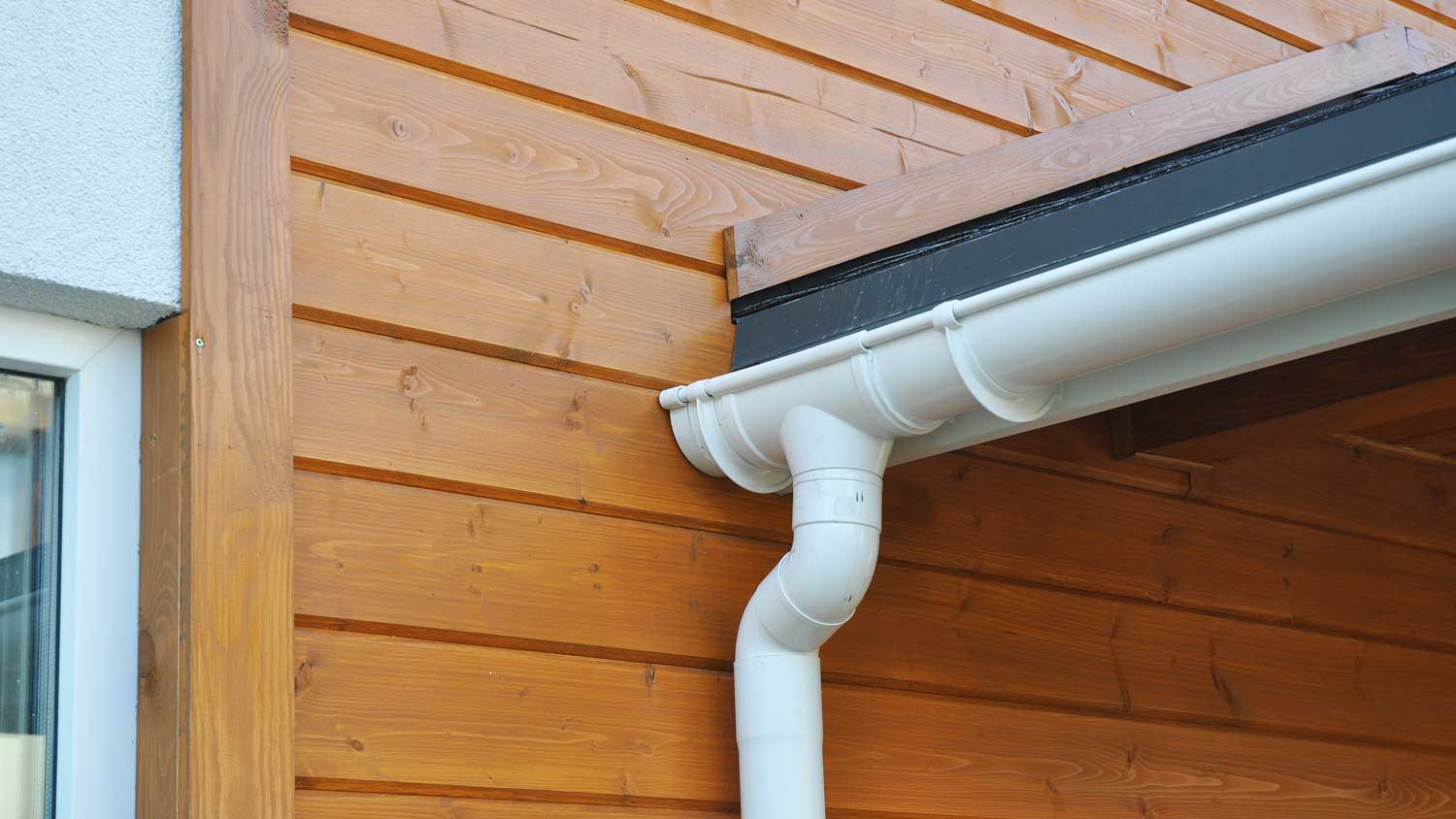
Vinyl is less durable than other materials, so these gutters don’t tend to last as long as metal options. In mild climates, vinyl gutters can last up to 20 years, but if your region sees extreme weather in terms of temperature or precipitation, it can significantly shorten their life span.
Speaking of extreme weather, very cold and very hot temperatures can negatively affect these gutters. Cold temperatures can make them brittle and prone to cracking, while hot temperatures can warp their shape and affect their structural integrity.
Vinyl gutters aren’t as structurally sound as metal gutters, so they can buckle and bend under the weight of heavy snow and ice. And when these gutters sag, they can begin to separate at the seams and break completely under the weight of precipitation over time.
When vinyl gutters are exposed to sunlight over long periods, they inevitably begin to fade. So while they offer lots of aesthetic appeal in terms of variety, that appeal can begin to fade along with the gutters over time.
Nearly all vinyl gutters comprise a series of sections snapped or otherwise joined together, creating seams. These seams can separate and leak over time, which can lead to water damage and require additional repairs. Seamless gutters are typically made from painted aluminum.
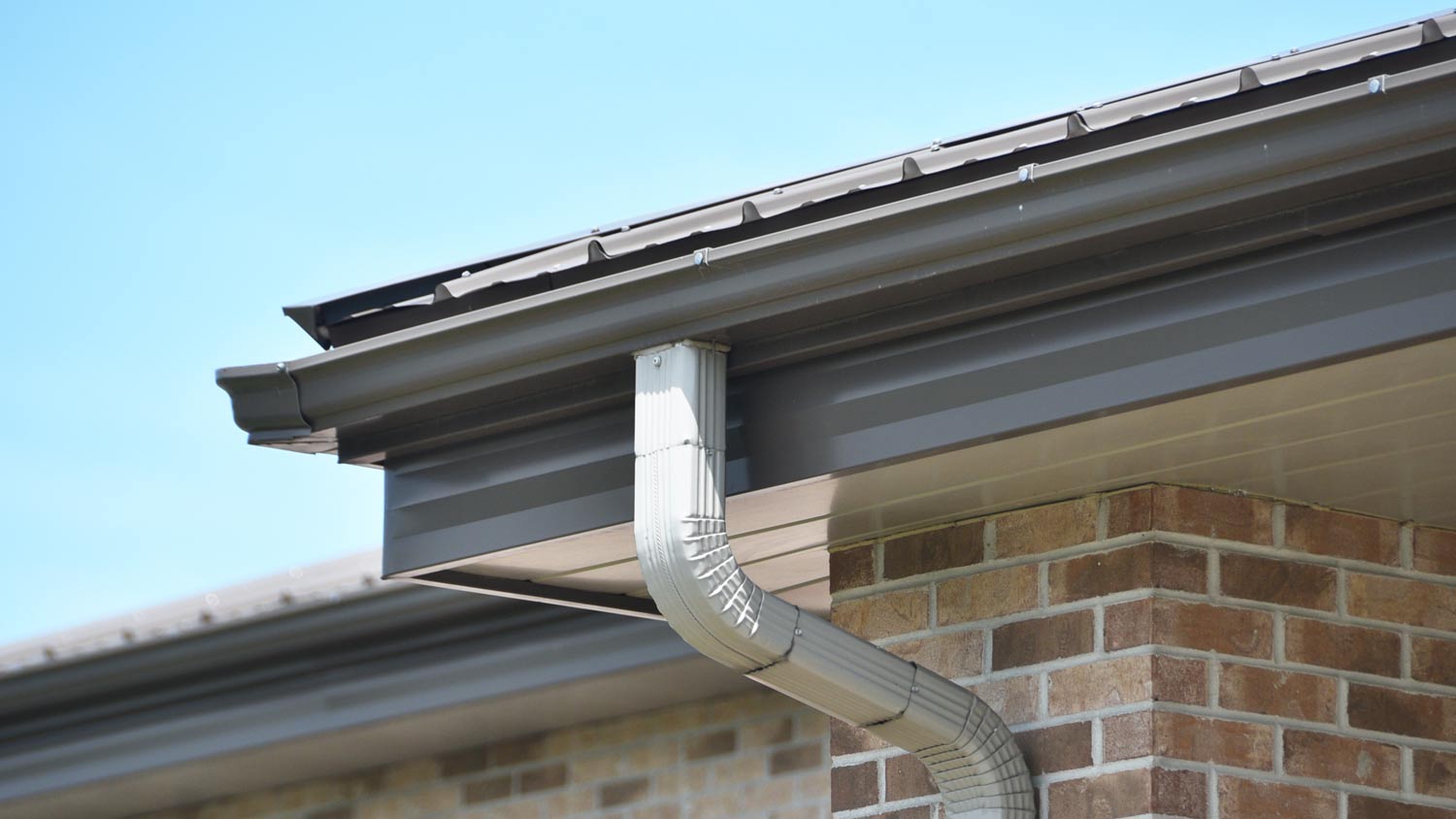
There are quite a few alternatives to vinyl gutters, which differ by material. Each material comes with advantages and disadvantages.
Aluminum Gutters: Aluminum gutters cost slightly more than vinyl gutters at between $4 and $14 per linear foot, but they also last longer, usually between 25 and 30 years. They’re also lightweight and rust- and corrosion-resistant.
Copper Gutters: Copper gutters are exceptionally durable, often lasting for more than 50 years, but they’re also the most expensive. They typically cost between $20 and $40 per linear foot.
Stainless Steel Gutters: Stainless steel gutters range from $9 to $20 per linear foot, making them more expensive than aluminum and vinyl but more affordable than copper. They’re highly durable, but they’re also heavy, so installing them can get pricey.
Wood Gutters: Wood gutters cost between $20 and $30 per linear foot. They’re quite susceptible to rot and deterioration, so they’re not nearly as popular or practical as metal and vinyl alternatives.
Whether or not vinyl gutters are right for you depends on your needs and priorities. If low-maintenance affordability is at the top of your priority list, then vinyl gutters are a great choice, especially if you live in a region with temperate weather.
However, if you live in an area that experiences extreme cold, heat, or precipitation, then vinyl gutters likely aren’t durable enough for your needs. They also don’t last as long as other materials, so while they might cost less upfront, you’ll need to replace them faster than if you invested in a more expensive but durable gutter material.
From average costs to expert advice, get all the answers you need to get your job done.

Wondering how much gutter installation costs? We’ll break down prices by material, gutter type, and other factors impacting overall gutter costs.
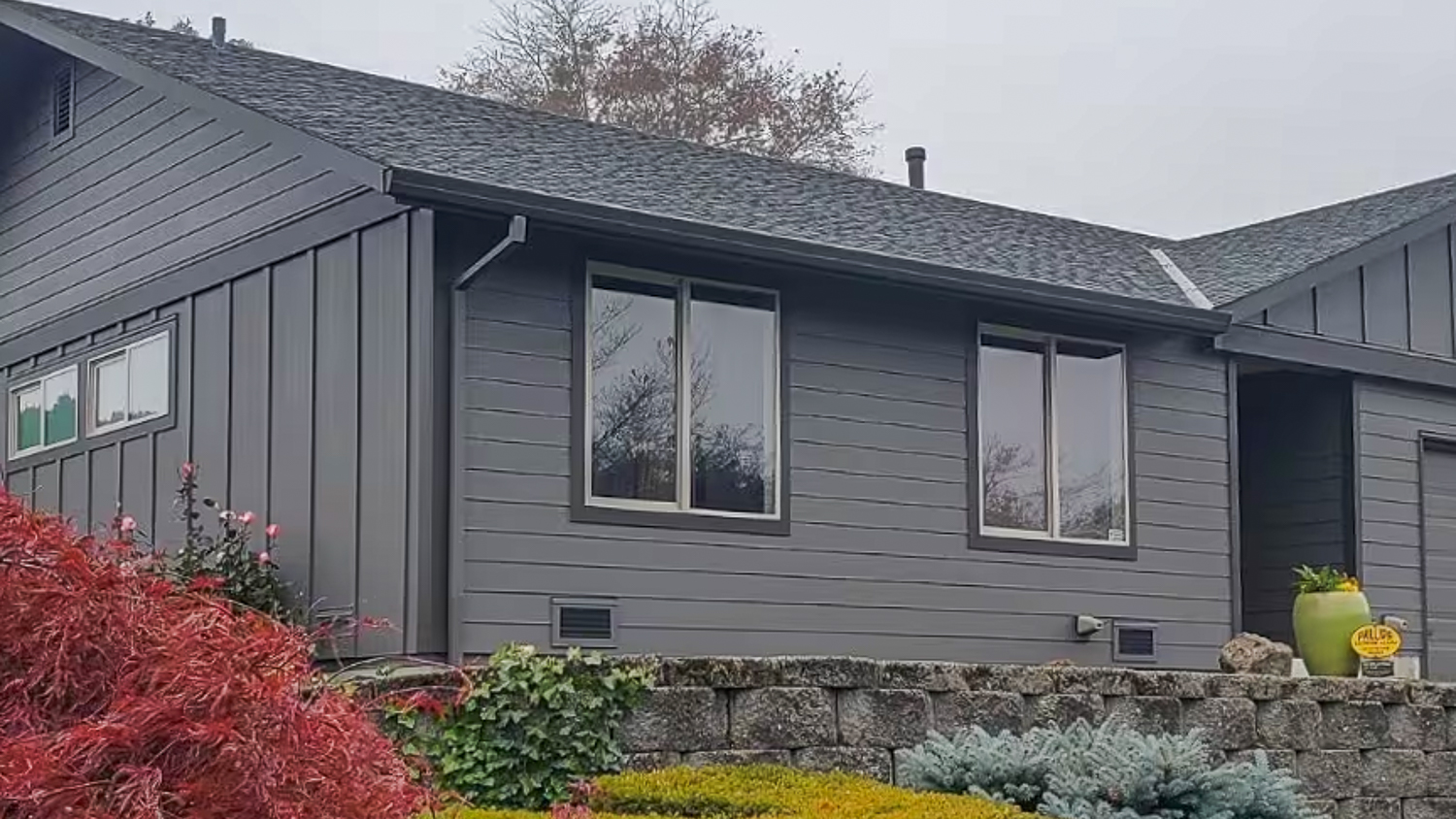
Wondering how much gutter installation costs? We’ll break down prices by material, gutter type, and other factors impacting overall gutter costs in Dallas, TX.

Are gutter guards worth it? The average gutter guard installation cost is $650 to $2,000 but varies depending on types, materials, home height, and other factors.
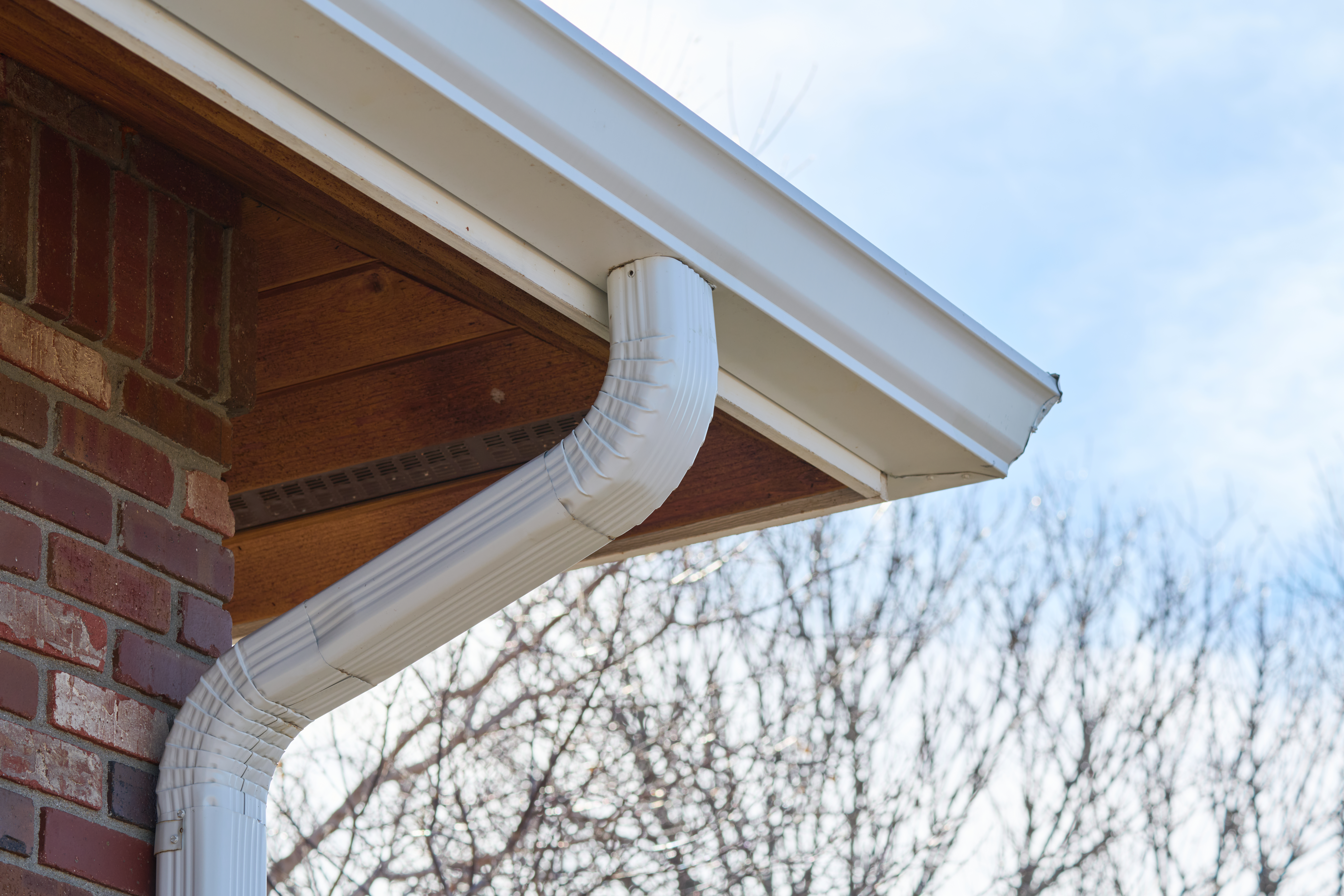
Understand what a downspout does, why they’re an essential piece in your gutter system, and how to clean and upkeep your downspouts.
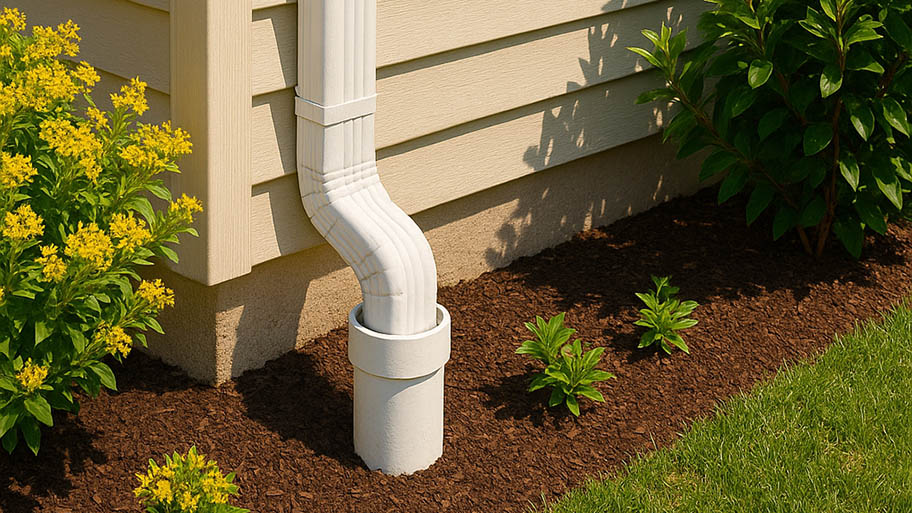
These tips for preventing and fixing gutter issues can save your home from water damage caused by poor drainage.

If you need to get new gutters for your home, this guide to the pros and cons of aluminum gutters will help you decide if this affordable gutter option is right for you.